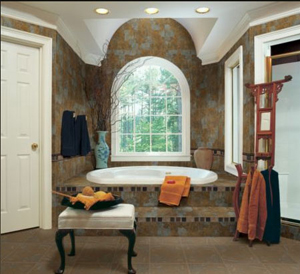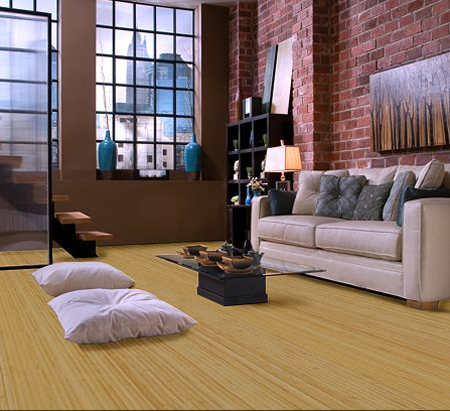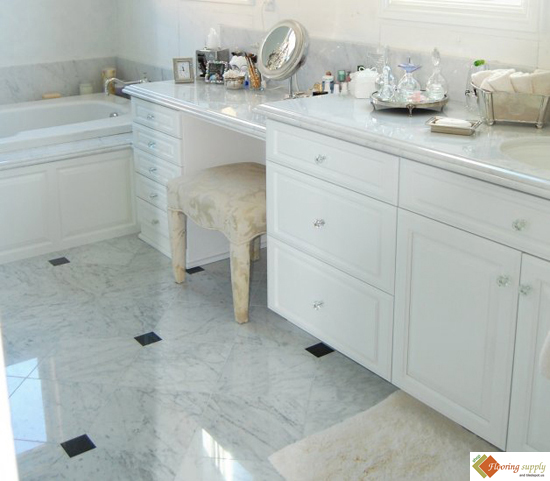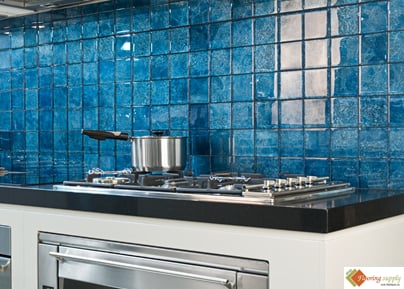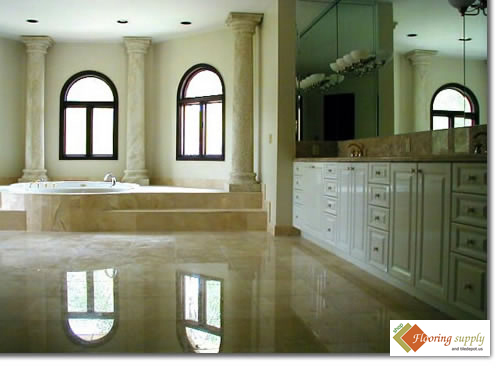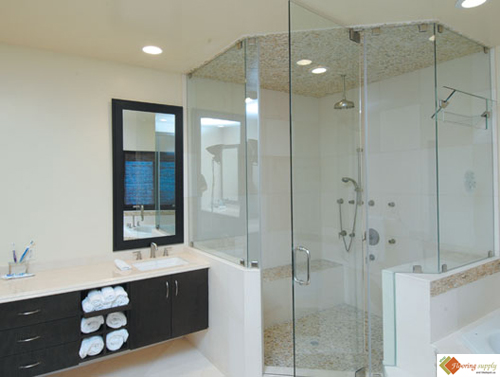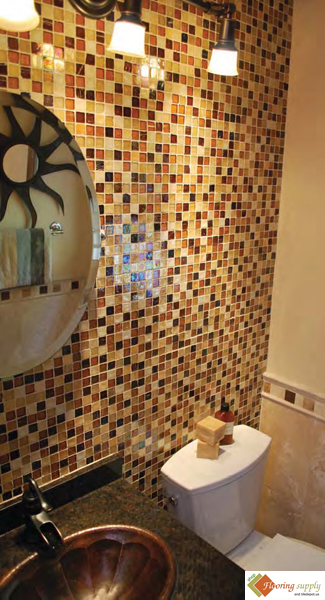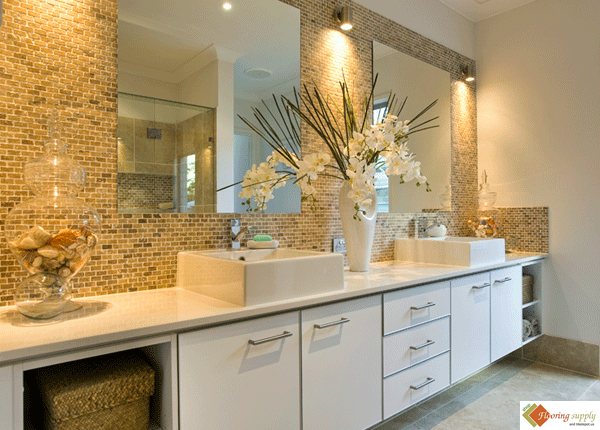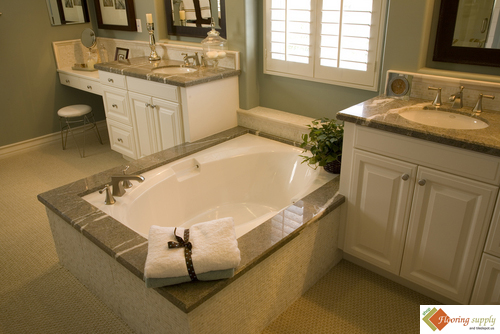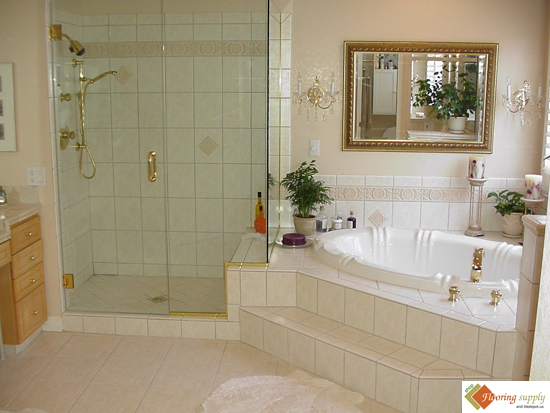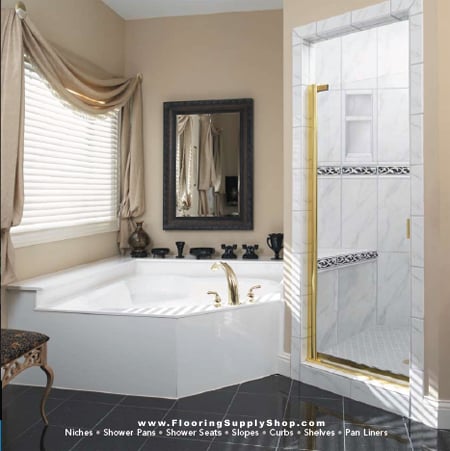
The concept of aging in place isn’t new, but it is gaining steam in today’s world. Nursing homes can be lonely and expensive. With more people opting out of nursing homes than ever before, aging in place has become the …
The post How To Remodel Your Bathroom With Aging In Place Features In Mind first appeared on Flooring Supply Shop Blog.



